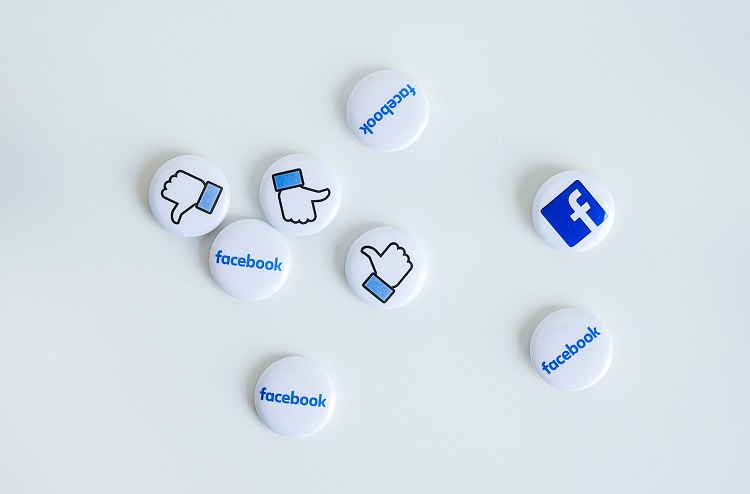When the Internet seemed like just a tiny technological seed in society in the 1990s, no one was thinking about how consumers would behave in the new millennium.
Soon after, cell phones were introduced globally, followed by smartphones. This introduction changed the technological spectrum drastically, both how companies interact and what consumers want.

5 Technologies that Affect Consumer Search Behavior
Let’s look at the five ways technology is changing consumer behaviors and what that could mean for the future.
1. New Ways to Pay
When one thinks of the time spent on smartphones, one thinks of social media before anything else. While social media does have an abysmal weight in consumer behavior (more on that below), the payment methods we use today are paramount, given that they are the starting point in what makes us consumers.
Not long ago, we all carried cash in our pockets or purses. Nowadays, those same coins and bills have moved to our screens. In fact, when was the last time you went to an ATM to withdraw cash?
Well, that itself has drastically influenced how the consumer behaves. Today’s businesses are adapting to these new methods, offering more possibilities on the Internet. You’ve got online casinos that accept WebMoney or even online shops that offer to pay with Paysafecard or Skrill.
2. The New Advertisements and Their Networks
Back in the day, it was enough to turn on the TV or flip through a magazine to see ads. Nowadays, digital ad networks power the advertising industry. This may seem like a natural and innocent transition. Still, the truth is that it completely changes the interest and the way each consumer behaves.
Google and Facebook are masters of this new change in the advertisement, and they do it through blue hyperlinks or sponsored pictures or videos. YouTube, Instagram, or Snapchat are in part what television was decades ago, but in a more subtle and technology-rich way.
3. What Social Media Wants From Us
Social media is not just a way to introduce other people to our personal lives. Nor is it a personal space to freely express ourselves to people we know. Social media is a business in which businesses and people act, think, and buy according to the movements of these platforms.

The most significant change in consumer behavior coming from social media is that the consumer’s attention span has been reduced to 8 seconds. This shows that the consumer wants quantity while they scroll through different posts. Furthermore, this quantity is often hidden or transformed to such an extent that even expert eyes cannot recognize whether it is a seduction towards a product or authentic from the creator.
4. Introducing Chatbots
There are probably thousands of people who still have nightmares about the hours of waiting time involved in a call to customer support. The worst thing is not even that. After waiting what feels like an eternity, comes the switching between operators and listening to prepared scripts.
If we take the human element out of this and arrange the consumer’s needs instantly, companies are faced with a whole new universe of consumer behavior.
Communication departments currently have such an excessive weight that a large part of the purchasing process is done through communication channels, whether by WhatsApp, apps, or telephone (but talking to a robot).
5. Welcome to Virtual Reality
Nothing annoys the consumer more than knowing that they are being sold something directly to their face. Nobody wants to be part of a sales process without being able to do anything to prevent it. Although VR/AR is still in its infancy, we are already seeing uses that combine the pleasure of being immersed in a technological experience like in trading and consuming at the same time.
We refer to major brands that engage with consumers through technological experiences, such as Nike’s VR experience with Neymar at the helm. Snapchat is also currently using its geofilter, and music videos are moving to the virtual experience to get the desired attention from the infinite sea of consumers.



















